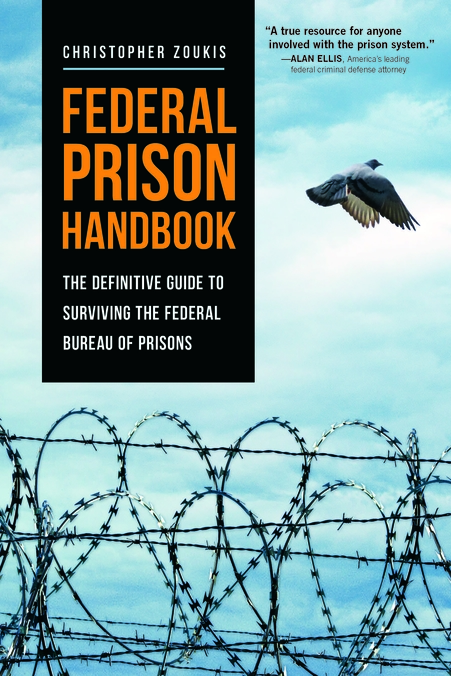Maryland Court of Appeals: Erroneous Anti-CSI Jury Instruction Was Not Harmless Error
A female college student looked out the door of her apartment and saw a man on her porch. The man was wearing only a tee shirt and tennis shoes and was masturbating. She called 911 and while speaking with the dispatcher, the man broke the locks on her door and entered. After a brief altercation, the man grabbed the student’s purse and wallet and fled. The student remained on the phone until the police arrived. The length of the 911 call was 80 seconds.
Approximately one month later, a detective from the Salisbury Police Department presented the student with a photo array. She immediately selected Devon Jordan Taylor’s photo and identified him as her assailant. Taylor was arrested and charged with numerous offenses, including burglary, robbery, and indecent exposure. At trial, the student again identified Taylor as the perpetrator. Testimony elicited from law enforcement revealed that there wasn’t any forensic evidence such as fingerprints, DNA, etc.
At the close of the evidence, the trial court instructed the jury: “The identification of a defendant ... by a single eyewitness as the person who committed the crime, if believed beyond a reasonable doubt, can be enough evidence to convict the Defendant.” That instruction was followed by the anti-CSI instruction: “There is no legal requirement that the State offer scientific evidence as a part of its case, such as DNA, fingerprinting, blood typing, fiber analysis, hair follicle analysis, or anything of that nature.”
In closing arguments, defense counsel acknowledged there was no requirement that the State present DNA evidence but stressed there was no evidence linking Taylor to the crime other than the identification made by the victim, who had only 80 seconds to observe her attacker.
After deliberating for an hour, the jury informed the court it was “evenly split” as to Taylor’s guilt and asked if a hung jury would be acceptable. The court responded with a modified Allen charge (court instruction to jury to continue deliberating and reconsidering individual positions in light of other jurors’ views). After two hours of further deliberations, the jury returned verdicts of guilty on all charges.
Due to error of defense counsel, Taylor sought a belated appeal in the COSA arguing, inter alia, that the trial court abused its discretion in giving the anti-CSI instruction. The COSA agreed that the trial court erred in giving the instruction but determined the error was harmless because the victim’s identification was sufficient evidence to convict despite the lack of CSI evidence. The COA granted certiorari.
The Court observed that so-called anti-CSI instructions first appeared with the intent to dispel a possible juror expectation (drawn from television shows such as “CSI”) that the prosecution must meet its burden of proof by presenting fingerprint, DNA, or other forensic evidence linking a defendant to the crime. Evans v. State, 922 A.2d 620 (Md. Ct. Spec. App. 2007). The Court then thoroughly discussed Maryland’s jurisprudence on anti-CSI instructions: Atkins v. State, 26 A.3d 979 (Md. 2011); Stabb v. State, 31 A.3d 922 (Md. 2011); Robinson v. State, 84 A.3d 69 (Md. 2014); Hall v. State, 87 A.3d 1287 (Md. 2014).
From those decisions, the Court distilled the following principles concerning the appropriate issuance of anti-CSI jury instructions: (1) anti-CSI instructions may be given under particular circumstances; (2) there was no conclusive evidence that jurors held unrealistic expectations of the State’s burden of proof based on watching television shows to justify a preemptive instruction; (3) a curative instruction could be given when there was no scientific evidence and defense counsel went overboard in arguing to the jury that such evidence should be required; (4) the curative instruction must inform the jury to consider all the evidence or lack of evidence; and (5) the curative instruction must reiterate that the State has the burden to prove guilt beyond a reasonable doubt.
The anti-CSI instruction at issue neither contained any statements instructing the jury to base its decision on the evidence “or lack of evidence,” nor did the instruction reiterate that it was the State’s burden to prove guilt beyond a reasonable doubt. Further, the trial court gave the instruction pre-emptively, i.e., before defense counsel even made its argument to the jury. In closing, defense counsel had not made any vehement argument concerning the lack of forensic evidence that would have permitted giving a curative instruction to inform the jury that forensic evidence was not required, the Court determined. Thus, the Court agreed with the COSA’s conclusion that the trial court had erred in giving the instruction.
But the COSA held that the error was harmless on the ground that there was sufficient evidence to convict. The Court stated that was a misapplication of the harmless error test. Dionas v. State, 80 A.3d 1058 (Md. 2013). A reviewing court may find an error harmless only if it “is able to declare a belief, beyond a reasonable doubt, that the error in no way influenced the verdict.” Dorsey v. State, 350 A.2d 665 (Md. 1976).
In the instant case, the trial court instructed the jury that it may convict based upon identification by a single eyewitness, and the court followed that instruction with the anti-CSI instruction that provided a detailed list of evidence that the State is not required to produce. At no time was the jury instructed to consider “the lack of evidence” or reminded that it was the State’s burden to prove guilt beyond a reasonable doubt. The initial “even split” of the deadlocked jury was additional evidence that the erroneous instruction affected the verdict, the Court concluded.
Accordingly, the Court reversed the COSA’s judgment and remanded for a new trial. See: Taylor v. State, 249 A.3d 810 (Md. 2021)
As a digital subscriber to Criminal Legal News, you can access full text and downloads for this and other premium content.
Already a subscriber? Login




